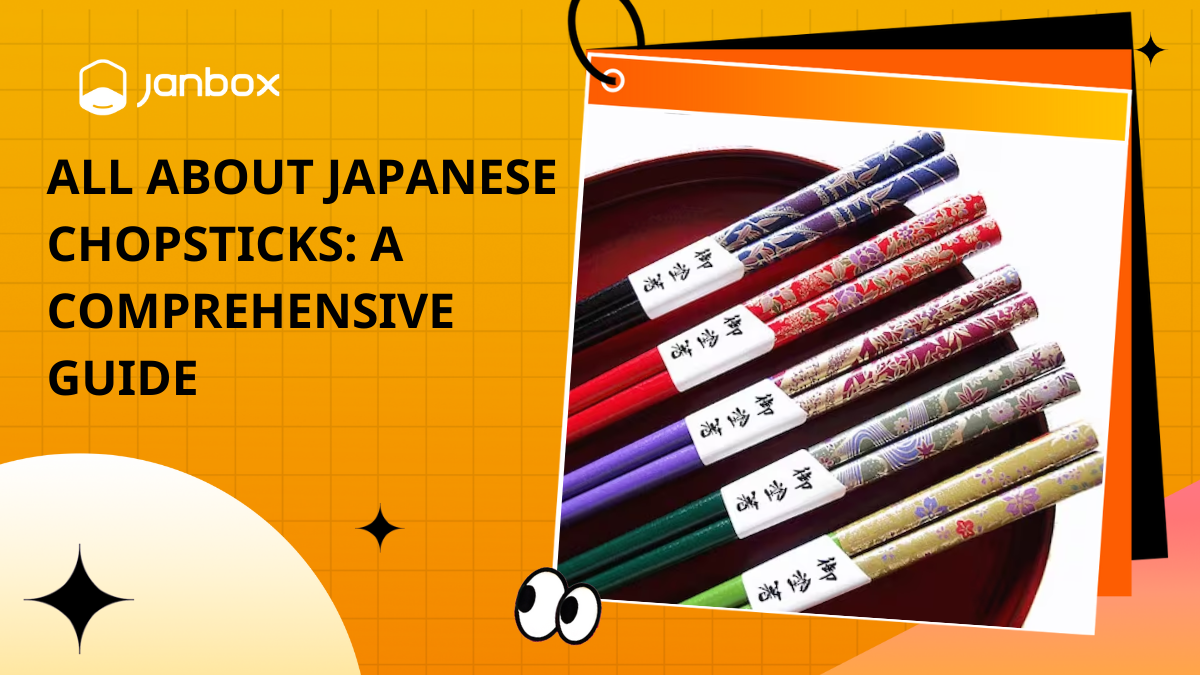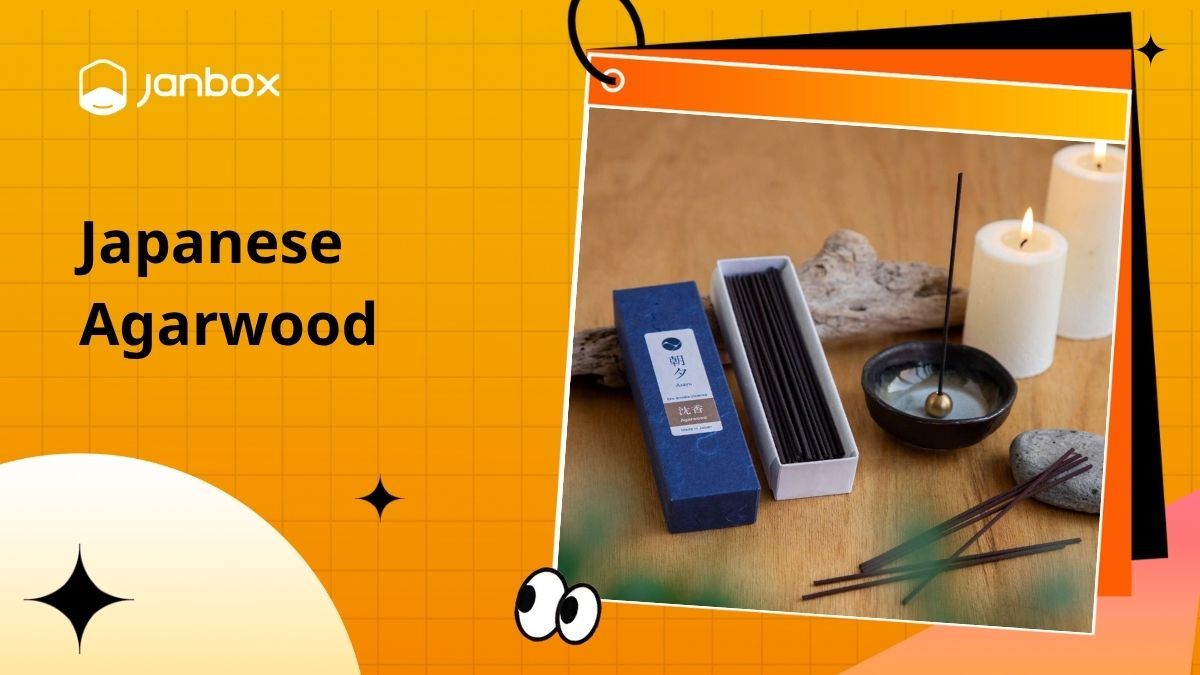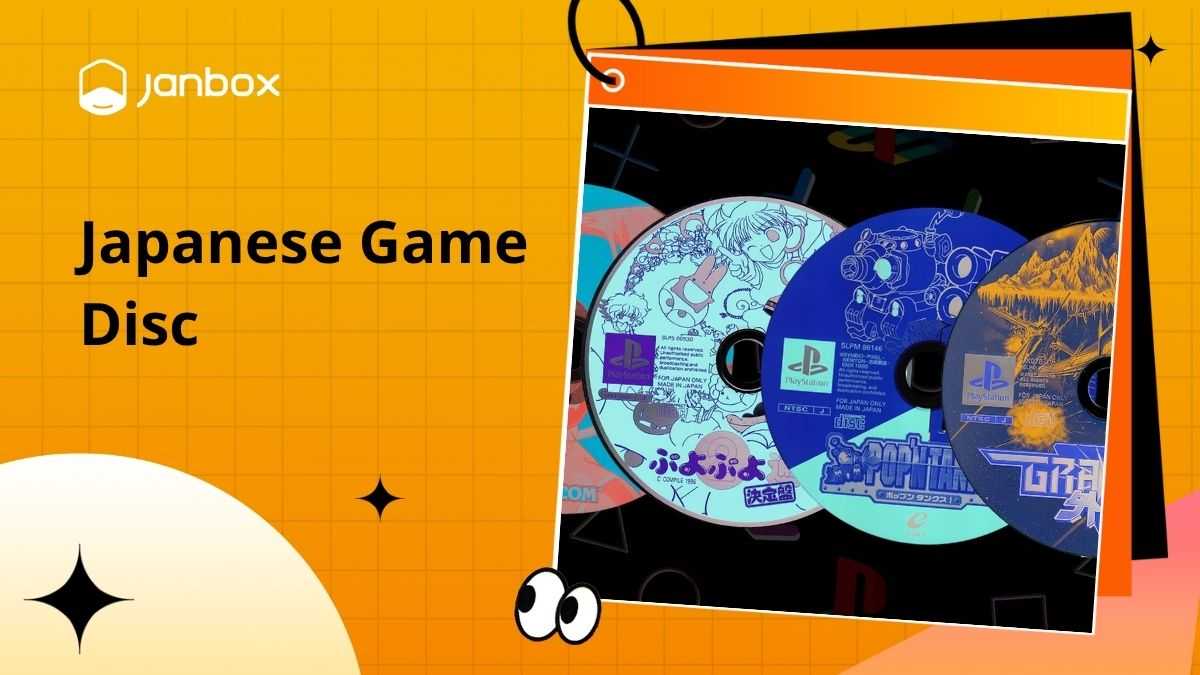Chopsticks are more than just utensils in Japan—they’re a symbol of culture, tradition, and craftsmanship. Known as “Japanese Chopsticks” globally, these tools have shaped dining experiences for centuries. From their historical roots to the intricate etiquette surrounding their use, Japanese chopsticks reflect a deep respect for food and heritage. This comprehensive guide explores their history, types, manners, and differences from other Asian chopsticks, offering everything you need to confidently appreciate and use them.
1. Introduction to Japanese Chopsticks
Japanese Chopsticks , or “Hashi,” are far more than dining tools—they’re a cornerstone of Japanese culture, deeply embedded in daily life and special rituals. Unlike Western utensils like forks or spoons, chopsticks embody a minimalist yet skillful approach, perfectly complementing Japanese cuisine’s focus on precision, texture, and presentation. Their historical significance dates back over a millennium, evolving from ceremonial implements to essential items in every household. Today, precision Japanese Chopsticks are indispensable for enjoying iconic dishes like sushi, ramen, and tempura, showcasing Japan’s culinary artistry.
Whether splitting a pair of disposable waribashi at a bustling ramen shop or using a lacquered set during a family meal, chopsticks reflect a blend of practicality and tradition. They’re not just about eating—they symbolize respect for food, community, and the environment, as seen in Japan’s shift toward sustainable options. From their aesthetic designs to their cultural weight, Japanese chopsticks offer a window into Japan’s values, making them a fascinating subject for anyone interested in the country’s heritage or cuisine. Let’s dive deeper into their story and significance.
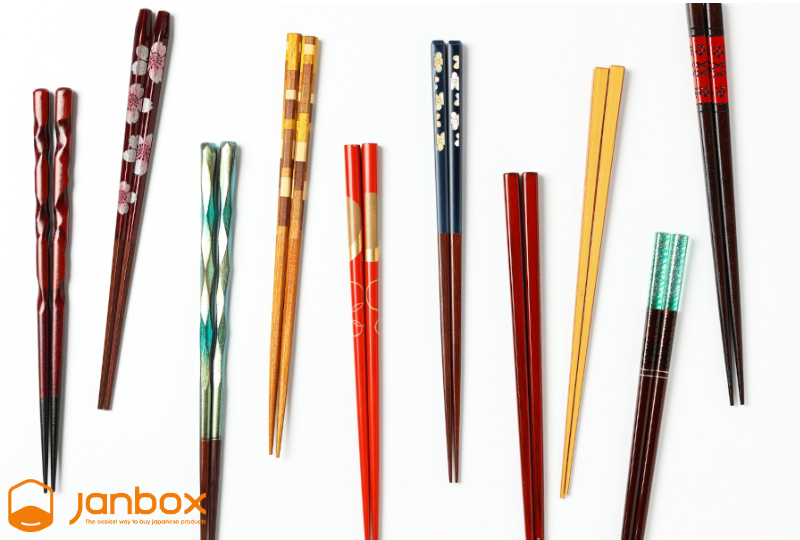
2. History and Evolution of Japanese Chopsticks
2.1 Origins and Early Adoption
The Japanese chopstick’s history began around the 6th century AD when they were introduced from China via the Korean Peninsula. Initially, chopsticks were reserved for nobility and religious ceremonies, reflecting their status as imported luxuries. By the 7th century, the spread of Buddhism—which discouraged eating meat with hands—accelerated their adoption as everyday dining tools. This shift marked a pivotal moment in Japanese chopsticks history, transforming them from ritual objects into household essentials. Early designs were simple, often made of bamboo or metal, and closely resembled their Chinese counterparts.
2.2 Influences and Material Evolution
Chinese and Korean influences heavily shaped early Japanese chopsticks. China’s longer, blunt-ended chopsticks and Korea’s metal variants inspired Japan’s initial styles. However, as Japanese culture evolved, so did the chopsticks. By the Nara period (710–794), artisans began crafting shorter chopsticks with tapered, pointed ends to suit Japan’s fish-centric diet—a departure from the broader designs of their neighbors. The Edo period (1603–1868) saw further refinement, with chopsticks becoming a canvas for craftsmanship. Materials like cedar, bamboo, and cherry wood became popular, often finished with lacquer for durability and beauty.
This evolution wasn’t just functional—it reflected Japan’s aesthetic values, emphasizing simplicity and elegance. Japanese Chopsticks became personalized items, with families owning unique sets passed down through generations. Today, this rich Japanese chopstick’s history continues to influence modern designs, blending tradition with innovation as eco-friendly materials gain traction. Their journey from import to cultural icon is a testament to Japan’s ability to adapt and refine.
>>> See more: Top 10 Japanese Home Appliances To Add To Your Household
3. Types of Japanese Chopsticks
Japanese Chopsticks come in various forms, each tailored to specific purposes and steeped in cultural meaning. Here’s an in-depth look at the most notable types:
3.1 Waribashi (Disposable Chopsticks)
Waribashi are the disposable Japanese chopsticks in restaurants, convenience stores, and bento boxes. Made from bamboo or inexpensive wood, they’re designed for single use, offering a hygienic and convenient option for on-the-go meals. Their splintered ends are split apart before use, a small ritual that signals freshness. However, their widespread use—billions discarded annually—has raised environmental concerns, prompting some to switch to reusable alternatives. Still, waribashi remains a staple of casual dining in Japan.
3.2 Meoto-Bashi (Couple’s Chopsticks)
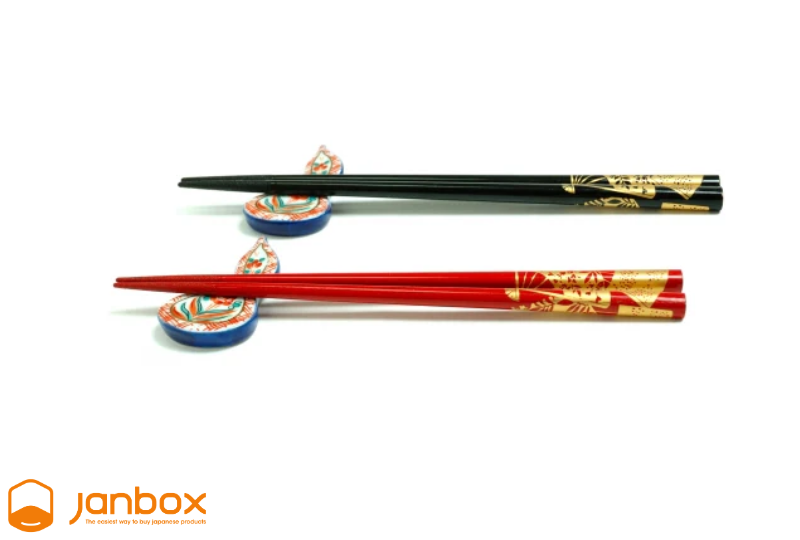
Meoto-bashi, meaning “couple’s chopsticks,” are a sentimental gift for newlyweds, symbolizing unity and partnership. This set includes two pairs—slightly longer for the husband and shorter for the wife—often crafted from high-quality wood and finished with lacquer. The subtle difference in length mirrors traditional gender roles, while their matching designs emphasize harmony. Used daily, meoto-bashi blends practicality with romance, making them a cherished keepsake in Japanese households.
3.3 Iwai-Bashi (Celebratory Chopsticks)
Iwai-bashi are unique Japanese chopsticks reserved for New Year celebrations, embodying renewal and good fortune. Made from willow wood, they feature tapered ends on both sides, symbolizing the connection between humans and the divine. Each family member receives a new set to use during the holiday, and afterward, they’re traditionally burned in a purifying ritual. This practice highlights the chopsticks’ role in marking significant cultural moments steeped in spiritual meaning.
3.4 Rikyū-bashi (Tea Ceremony Chopsticks)
Named after the legendary tea master Sen no Rikyū, rikyū-bashi are handcrafted chopsticks used in Japan’s traditional tea ceremonies. Typically made of cedar or bamboo, these short, finely tapered chopsticks are designed to pick up wagashi (traditional sweets) before sipping matcha. Their understated elegance mirrors the tea ceremony’s focus on mindfulness and simplicity. Unlike everyday chopsticks, rikyū-bashi are ceremonial tools, reflecting the artistry and precision of Japanese chopsticks’ history.
3.5 Saibashi (Cooking Chopsticks)
Saibashi is elongated Japanese chopsticks (30 cm or more) used exclusively in the kitchen. Made from bamboo, metal, or heat-resistant materials, they’re perfect for frying tempura, flipping vegetables, or stirring broths. Their length keeps hands safely away from heat, while their sturdy design offers precise control over delicate ingredients. Unlike decorative dining chopsticks, Ishibashi prioritizes function, showcasing the versatility of Japanese chopsticks in the culinary arts. Many Japanese cooks consider them indispensable, a testament to their practical legacy.
From disposable waribashi to ceremonial rikyū-bashi, these types illustrate how Japanese chopsticks adapt to diverse needs—practical, symbolic, or artistic—while remaining deeply tied to tradition.
>>> See more: Top 5 Best Japanese Rice Cookers: The Ultimate Guide to Choosing the Best One
4. The Difference Between Japanese, Chinese, and Korean Chopsticks
Chopsticks vary across East Asia, with Japanese, Chinese, and Korean styles reflecting unique culinary and cultural identities. Here’s a detailed comparison:
| Feature | Japanese Chopsticks | Chinese Chopsticks | Korean Chopsticks |
| Design | Tapered, pointed ends | Blunt, squared ends | Flat, rectangular shape |
| Material | Wood, bamboo, lacquered | Wood, bamboo, plastic | Stainless steel, sometimes wood |
| Length | Short (20-23 cm) | Long (25-27 cm) | Medium (22-25 cm) |
| Taper | Sharp, fine tips for precision | Less tapered, broader tips | Minimal taper, sturdy build |
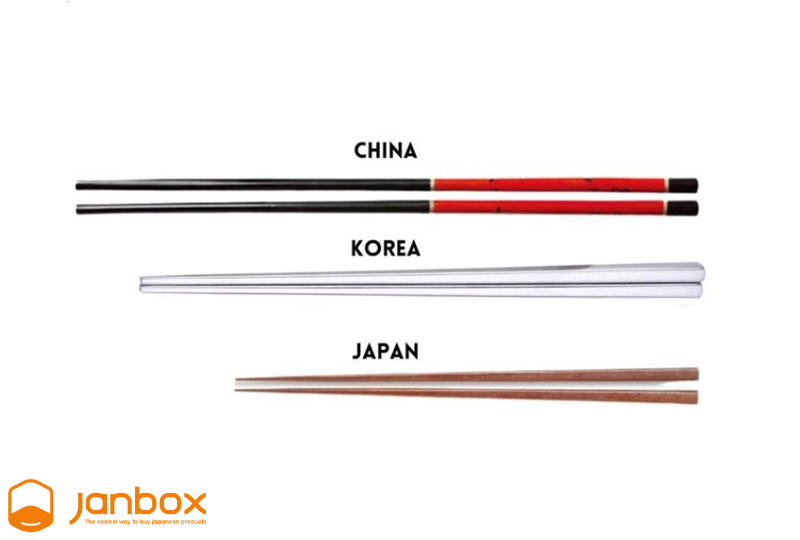
Japanese chopsticks are shorter and pointed, ideal for handling delicate items like sushi or deboning fish—key elements of Japan’s seafood-rich diet. Their refined tips showcase Japan’s emphasis on precision in food preparation and presentation. Chinese chopsticks, longer and blunt, a Precisioner designed for communal dining, easily scooping stir-fried dishes or noodles from shared plates. Their length suits China’s family-style meals. Korean chopsticks, often made of stainless steel, are flat and medium-length, complementing a cuisine heavy on soups and rice, typically paired with spoons.
These distinctions arise from centuries of adaptation to local eating habits, with Japanese chopsticks standing out for their elegance and specificity. Understanding these differences enhances appreciation for Japanese chopsticks and their cultural context.
5. Etiquette and Manners When Using Japanese Chopsticks
Mastering Japanese chopsticks manners is essential for dining respectfully in Japan. These rules, rooted in tradition, ensure harmony and cleanliness at the table. Here’s a detailed guide:
5.1 DOs: Proper Chopstick Manners
- Use the blunt ends to take food from shared plates, reserving the pointed tips for your mouth—maintaining hygiene is key.
- When not in use, place chopsticks on a hashioki (chopstick rest) or lay them neatly across your bowl if no rest is provided. This keeps them off the table and shows care.
- Hold chopsticks lightly near the top, about two-thirds up, for a graceful grip that reflects Japanese chopsticks manners. Practice makes this second nature, enhancing your dining experience.
5.2 DON’Ts: Precision Actions to Avoid
- Tate-bashi: Never stick chopsticks vertically into rice—it resembles incense at funerals, a deeply offensive act.
- Hashi-watashi: Don’t pass food directly between chopsticks; it mimics the passing of cremated remains, a grave faux pas.
- Sashi-bashi: Avoid stabbing food or dragging bowls with chopsticks—it’s clumsy and disrespectful.
- Neburi-bashi: Licking chopsticks is unhygienic and rude, breaking basic etiquette.
- Chopstick Rubbing: Rubbing waribashi together implies they’re low-quality, subtly insulting the host.
- Tataki-bashi: Drumming chopsticks like drumsticks is disruptive and childish—keep the table peaceful.
- Crossing Chopsticks: Don’t cross them on the table; it’s untidy and symbolizes conflict or bad luck.
- Waving or Pointing: Avoid using chopsticks to gesture—distracting and impolite.
These Japanese chopsticks manners may seem strict, but they’re practical and meaningful, ensuring a considerate and enjoyable meal. Practice them to dine like a local and show respect for Japan’s traditions.
6. Why Are There So Many Chopstick Rules in Japan?
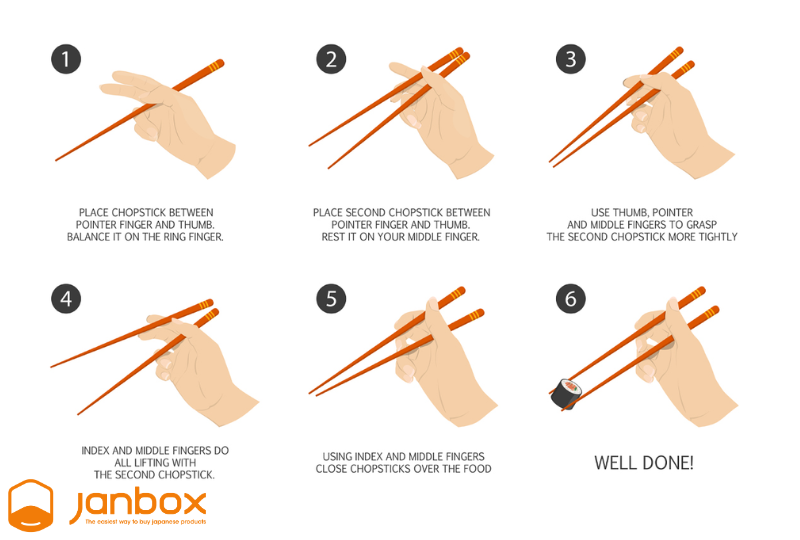
Japan’s abundance of chopstick rules reflects deep cultural traditions tied to respect, mindfulness, and purity. Rooted in Shinto and Buddhist principles, Japanese chopsticks manners emphasize gratitude for food and harmony with others. For instance, avoiding tate-bashi or hashi-watashi distances from death-related rituals, preserving a positive atmosphere. These guidelines also promote cleanliness and order—using blunt ends for shared dishes or resting chopsticks on a hashioki keeps the table tidy.
Beyond practicality, these rules make eating mindful, connecting diners to Japan’s heritage. They encourage a focus on the meal and appreciation for its preparation, enhancing the experience. For the Japanese, chopsticks are more than tools—they’re linked to centuries of values, making adherence to these norms a way to honor tradition and community.
>>> See more: What are Japanese Tetsubin? Everything to Know About Cast Iron Kettles
7. Conclusion
Japanese Chopsticks are a fascinating lens into Japan’s culture, blending history, craftsmanship, and etiquette. From their origins in the 6th century to modern types like waribashi and rikyū-bashi, they carry a rich Japanese chopsticks history. Mastering Japanese chopsticks manners—avoiding tate-bashi or hashi-watashi—lets you dine respectfully and gracefully. Whether enjoying sushi or celebrating New Year with iwai-bashi, these tools embody tradition and artistry. Embrace their proper use to honor Japan’s culinary heritage—your next meal could be a small tribute to this timeless craft.
Website: https://janbox.com
Email: [email protected]

